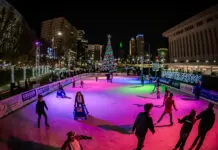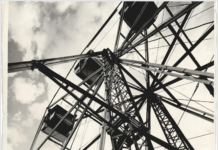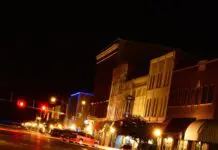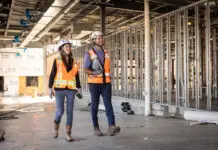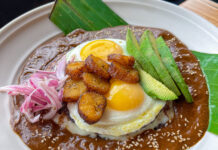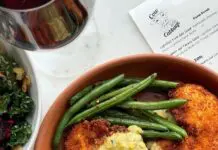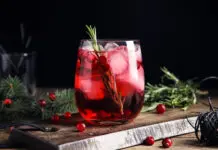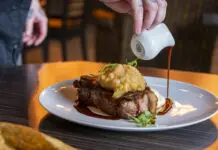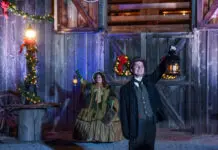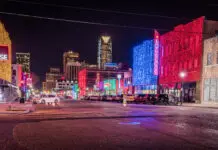Bermondsey became “London’s larder” in the 1860s when large brick warehouses were built on the Thames to store the spices, coffee, fruit, grain and sugar destined for shipment around the world. So-called provisions trades flourished in the district, including food processing, tanning, leatherworks and baking – especially baking.
The Peek Freans bakery in west Bermondsey introduced the world to an innovative fruit-filled biscuit (what Americans call a cookie) in 1861. It caught on, and the firm built a large factory, employed hundreds and filled the air around Clements and Drummond Roads with such sweet smells, people started calling the neighborhood “Biscuit Town.”
Elsewhere in the district, some of the murkier Bermondsey streets served as the inspiration for the setting of Charles Dickens’ Oliver Twist. And it was from these banks of the Thames that J.M.W. Turner painted his The Fighting Temeraire, immortalizing the final voyage of the once-mighty warship on its way to be scrapped in 1838.
Gratefully, early visionaries saw fit to protect and ultimately repurpose many of the early dwellings and warehouses in Bermondsey, creating spaces for what has become a somewhat Bohemian mix of art galleries and studios, foodie adventures, indie shops, lofts and riverside flats.
Most of the action is up on Bermondsey Street, a six-minute walk from Tower Bridge. Sweet little cafes, robust restaurants, small intimate shops and interesting pubs line the cobblestoned thoroughfare.
An unusual, 58,000-square-foot former warehouse on this street is now the White Cube Bermondsey art gallery, specializing in the work of contemporary artists such as Anselm Kiefer and Tracey Emin as well as emerging artists. The exhibitions fill three really large display areas complete with sweeping courtyard. There’s another White Cube in central London and several worldwide.
Nearby, the renowned Maltby Market is only open on weekends but it’s worth the wait. Mom and pop vendors set up shop betwixt and between Victorian railway arches along a sliver of alley called Ropewalk. There, all kinds of tastiness is sold, sometimes waffles and empanadas, sometimes oysters and fresh fruit.
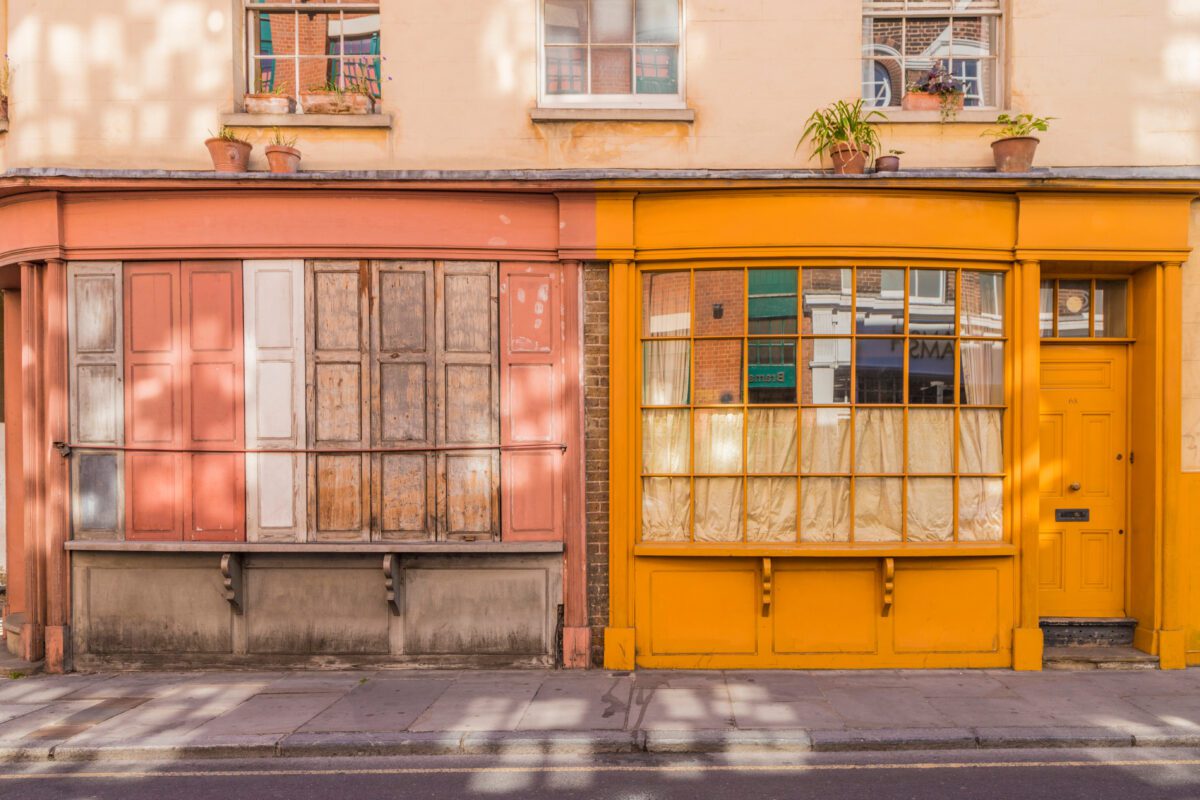
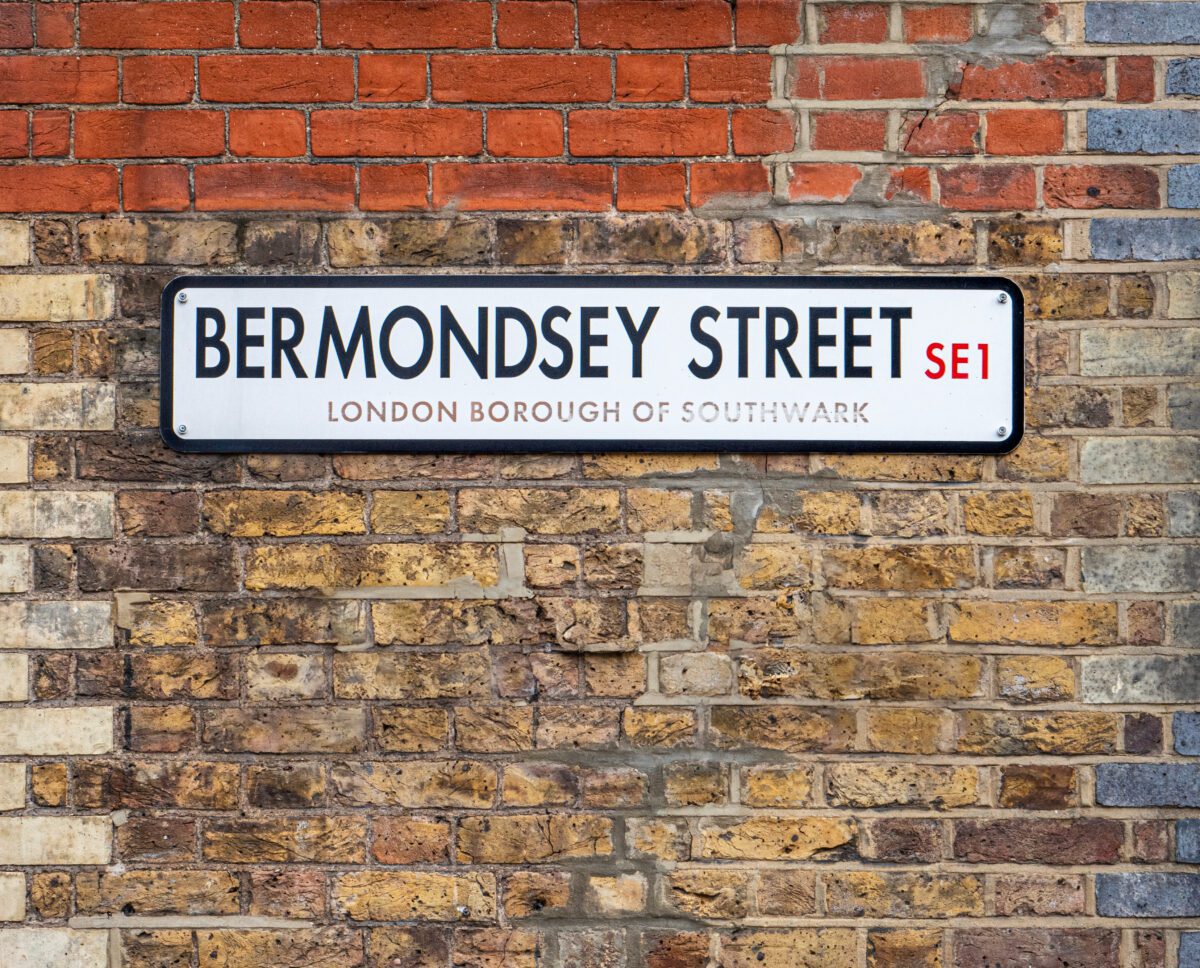
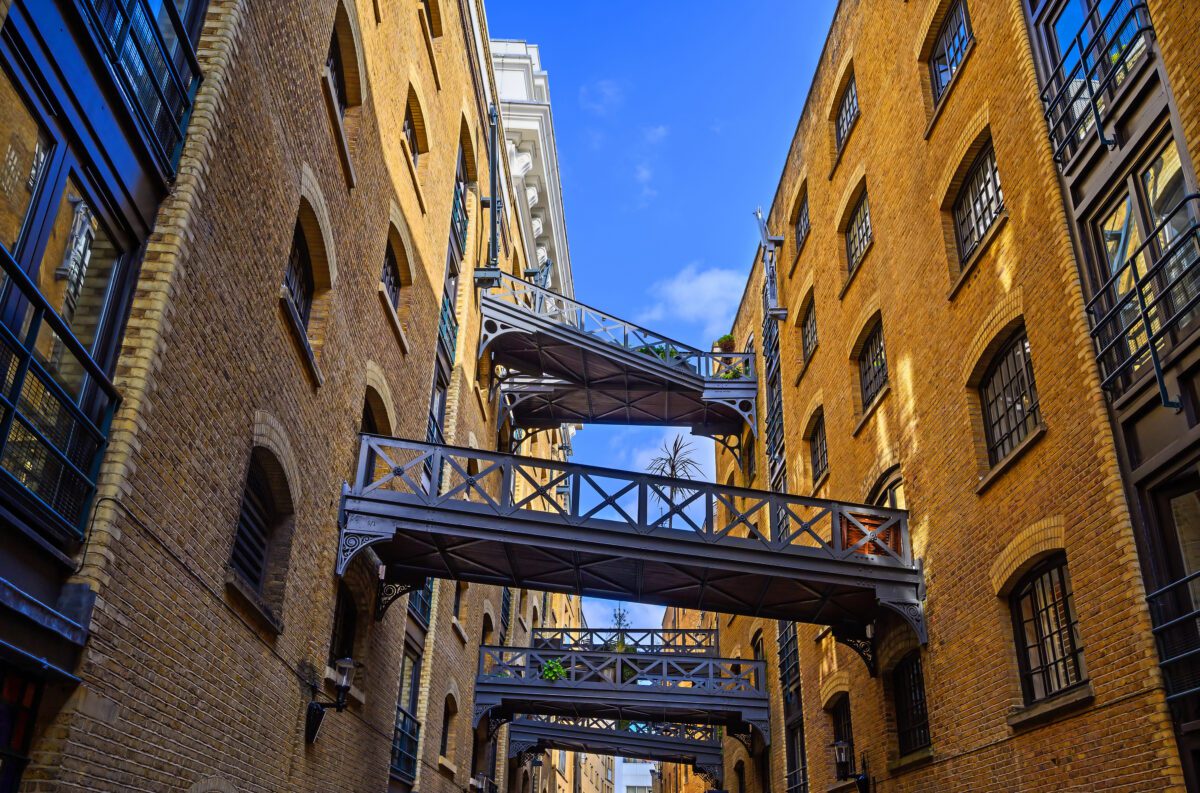
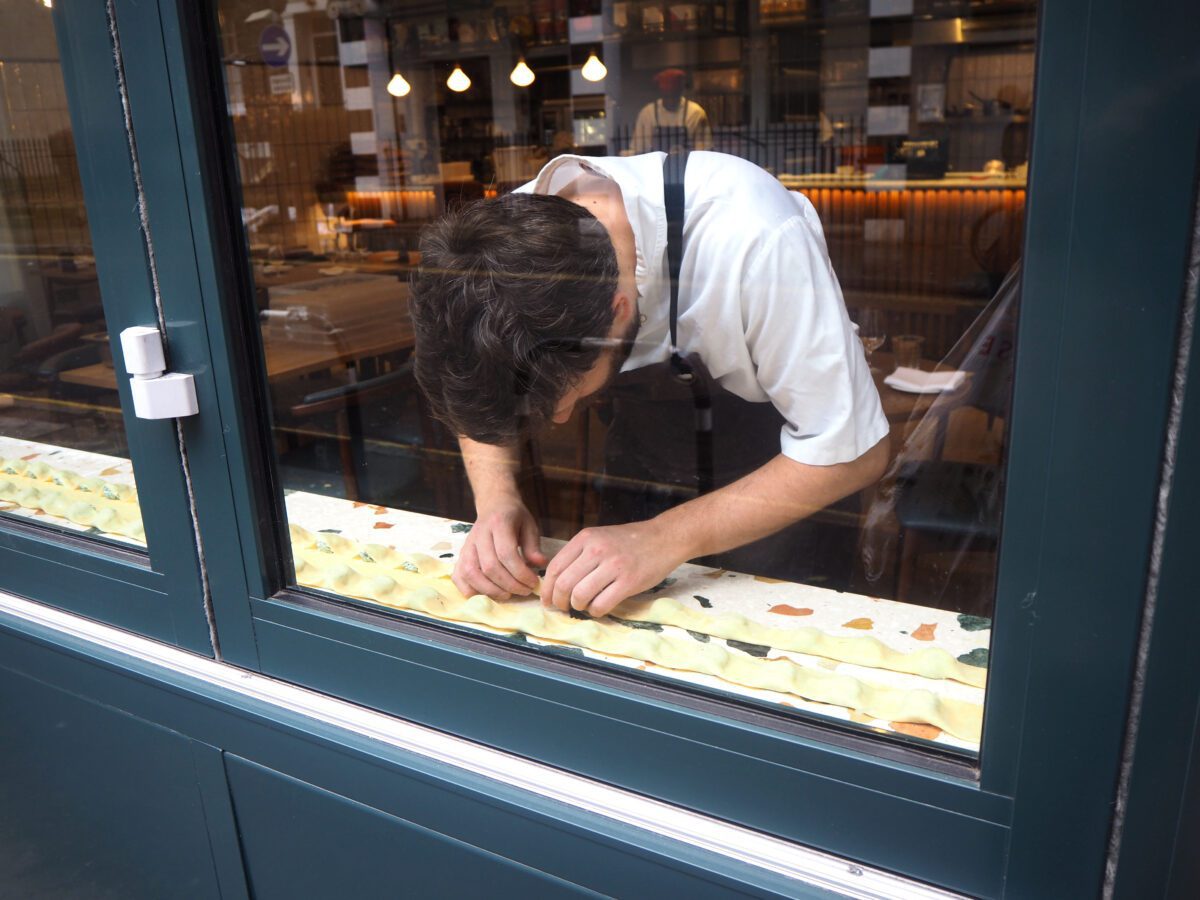
Another short walk away and we’re faced with even more weekend food choices at Spa Terminus (which is not a spa at all). This spa sells dover sole, artisanal breads, pasta, wine, craft spirits, spices and ice cream.
Bermondsey Square on Tower Bridge Road stands on a site where an 11th-century abbey once operated, near the south end of Bermondsey Street. This is where the first Bermondsey Market was held in 1948, trading primarily in antiques, collectables and gold. Now, it’s a cozy collection of shops, small restaurants, offices and a boutique hotel. The market is still open every Friday morning, and on Sundays there’s live jazz.
A little further up Bermondsey Street, the quirky Fashion and Textile Museum takes a deep dive into the impact of international textiles on fashion. Mexican architect Ricardo Legorreta designed the signature orange and pink building. And while you’re in the area, swing by the London Glassblowing Gallery for a glimpse of some of the best glass and finest glassblowers in the United Kingdom.
The Tower Bridge we all know, love and can’t resist photographing crosses the Thames just north of Bermondsey. Its twin Cornish granite-clad 231-foot towers support the drawbridge in the central span that opens for passing ships. Glass-floored walkways run 135 feet above the Thames, connecting the two towers and providing terrific 360 views of London. Tours are available. The newest London Bridge (built in 1973) is just a wee bit upstream from Tower Bridge.
Stay at the LaLit London, a very nicely appointed boutique hotel designed in the early 1900s by the architect of the Old Bailey. You’ll enjoy two restaurants, two bars, a full spa and short walks to both Tower Bridge and Bermondsey Street.


